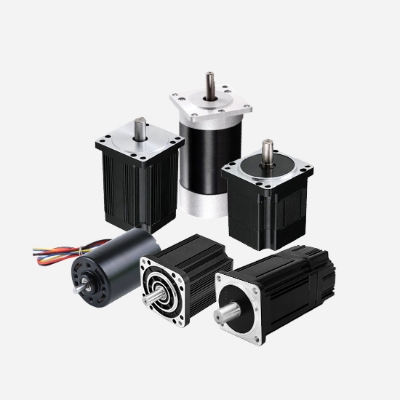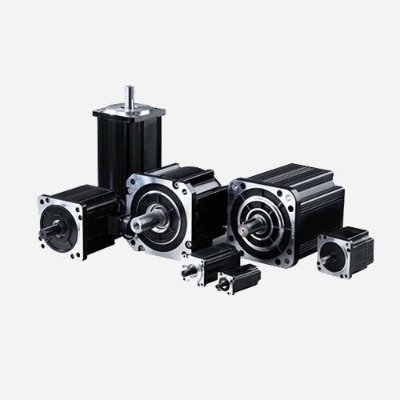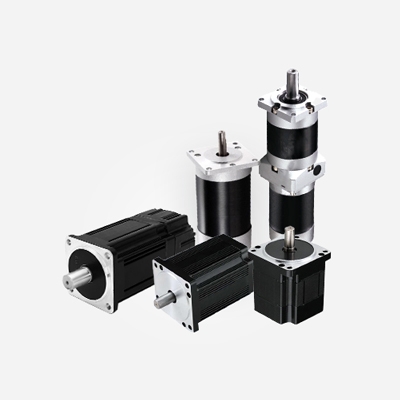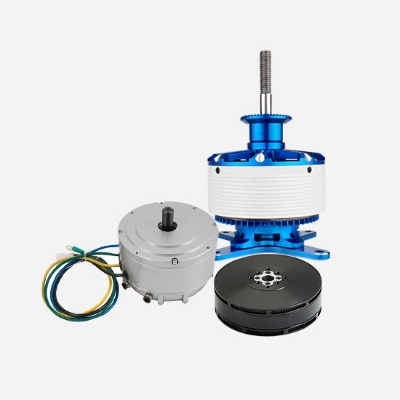A waterproof brushless motor is a type of electric motor designed to operate in environments where exposure to moisture or water is a concern. Unlike traditional brushed motors, which use brushes and a commutator for electrical contact, brushless motors rely on electronic commutation through a control unit. The absence of brushes in brushless motors makes them more resistant to wear and tear, and this design, combined with appropriate sealing measures, allows for enhanced protection against water ingress.

Basic Knowledge
The waterproof feature of these motors is achieved through the implementation of seals, gaskets, and coatings that prevent water from reaching critical internal components. This design makes waterproof brushless motors suitable for applications in marine environments, water sports equipment, automotive applications exposed to the elements, and other settings where resistance to water is essential.
The waterproof brushless motors find application in various industries, such as remote-controlled boats, underwater drones, water pumps, and electric vehicles designed for outdoor use. Their ability to withstand exposure to water makes them a reliable choice in challenging and wet conditions, providing durability and performance in environments where standard motors may be susceptible to damage from moisture.
Applications of Waterproof Brushless Motors
- Renewable Energy Systems: Waterproof brushless motors are employed in renewable energy systems, such as solar tracking systems and wind turbine pitch control mechanisms. Their resistance to water makes them suitable for outdoor installations where exposure to the elements is inevitable.
- Agricultural Machinery: In agricultural equipment, such as irrigation systems and crop monitoring devices, waterproof brushless motors find application. Their durability ensures reliable operation in farming environments, which often involve exposure to water and varying weather conditions.
- Underwater Robotics: Beyond surface-level applications, these motors are crucial components in underwater robotic systems used for exploration, research, and inspections in submerged environments. Their waterproof design allows for extended and reliable operation underwater.

Advantages of Waterproof Brushless Motors
- Enhanced Reliability: The waterproof feature contributes to the overall reliability of brushless motors by protecting internal components from water damage. This is particularly crucial in applications where consistent and reliable performance is paramount.
- Extended Lifespan: The resistance to moisture and corrosion enhances the lifespan of waterproof brushless motors. The protective measures employed in their design reduce the risk of internal degradation and ensure long-term functionality.
- Maintenance Cost Savings: With reduced vulnerability to wear and tear, these motors generally require less maintenance compared to traditional brushed motors. This results in cost savings over the lifespan of the motor, as there is less need for frequent replacements or repairs.
- Wide Temperature Range: Waterproof brushless motors are often designed to operate within a wide temperature range. This versatility makes them suitable for diverse applications, from freezing outdoor conditions to high-temperature industrial environments.
- Energy Efficiency: Brushless motors, by nature, are known for their energy efficiency. The waterproof variant maintains this efficiency even in challenging environmental conditions, making them an environmentally friendly and cost-effective choice for various applications.
Construction
- Encapsulation Techniques: In addition to corrosion-resistant materials, waterproof brushless motors often utilize encapsulation techniques. This involves encasing critical components in a protective resin or potting material, creating an additional layer of defense against water ingress. This method enhances the overall robustness of the motor and adds an extra safeguard against environmental factors.
- Modular Design for Maintenance: Some waterproof brushless motors feature a modular design, allowing for easier maintenance and component replacement. Modular construction enables specific sections, such as the electronics or bearings, to be replaced individually, minimizing downtime and simplifying repairs in case of damage or wear.
Sealing Mechanisms
- IP Rating Standards: Waterproof brushless motors are often classified according to IP (Ingress Protection) rating standards. These ratings provide a standardized measure of the motor's ability to resist solid particles and liquids. A higher IP rating signifies a more robust sealing mechanism, ensuring reliable performance in varying degrees of moisture and dust exposure.
- Double-Layer Seals: In critical applications, motors may feature double-layer seals, where multiple seals are employed at key points. This dual-sealing approach adds an extra layer of protection, reducing the likelihood of water penetration to almost negligible levels. It is a common strategy in motors intended for extreme or submersible environments.
- Pressure Equalization: Some advanced waterproof brushless motors incorporate pressure equalization mechanisms. These mechanisms help balance internal and external pressure variations, preventing the formation of a vacuum or excess pressure that could compromise the effectiveness of seals. This feature is particularly valuable in applications where the motor may experience changes in altitude or environmental pressure.
For more information go to brushless.com.




